At this technological revolution level stands the gummy industry. Advances...
Read MoreThe Ultimate Guide to Baking Perfect Honey Butter Biscuits


The art of baking perfect honey butter biscuits is a precise science, where simple ingredients combine to create warm, flaky treats that melt in your mouth. This guide shows that if you’re an experienced baker or a novice in the kitchen, you will learn the process and open the doors to the secret to a perfect balance of sweetness and buttery flavor in every bite. We will guide you from ingredient selection through to ideal texture. Expect professional-level insight and tips, along with a foolproof recipe to guarantee your success every time you bake. And now, get ready to share these unforgettably comforting biscuits with your family and friends.
Understanding Honey Butter Biscuits
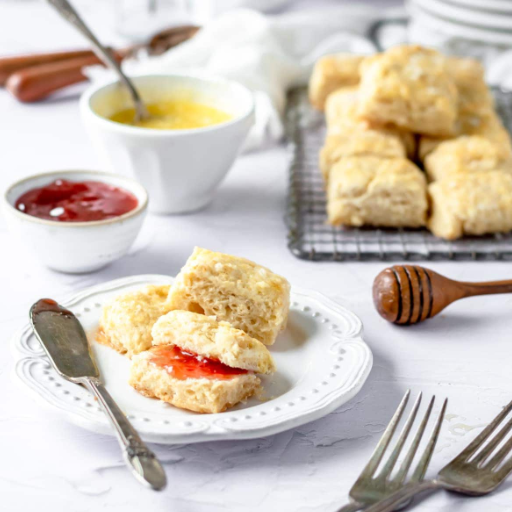
What Is a Biscuit Perfect For?
Perfect biscuit strikes the ideal blend among the huge taste, texture, and aesthetic appeal. The flavor should be rich and comforting, with a slight touch of the warmth of butter against a light sweetness. The texture is crucial- the interior is soft and fluffy, while the outside shell should have a slight crunch as it is baked to a nice golden color. This perfect attribute is developed with minimal handling of dough after mixing to avoid overworking it and having fats and liquids in the correct proportion. Small things like cold butter and buttermilk go a long way toward making the layers flakier or giving that tangy richness.
Golden in color and crisp edges on the flavorful backside of the biscuit, the feel-good biscuit is the best gift of life. The baking temperature is probably the ultimate secret to creating a nice rise, if one bakes between 425-450°F. Baking trays with biscuits close keep them higher in jostling for steam. Alongside a union of precise preparation, a couple more good ingredients, and some practice, one is set upon a path to having a biscuit that is both pleasing to the taste and satisfying to look at and feel.
The Role of Honey Butter
Honey butter turns a biscuit from humble cuisine into a culinary treasure. The harmony of sweet honey and creamy butter makes for a fabulously wealthy spread that goes well with the flaky, tender texture of the biscuit. When slathered on a biscuit warm from the oven, honey butter melts into all the little cracks, imparting flavor and moisture. The sweetness is in perfect harmony with the biscuits’ buttery, slightly savory base, creating a well-rounded flavor profile. This sweet and spicy contrast makes it all the more interesting, creatively turning biscuits into a wonderful side for breakfast, lunch, or dinner.
Honey butter is a culinary no-brainer; combine butter and honey in the correct ratio. Other versions may add salt to bring out the flavors or a hint of vanilla for complexity. Honey butter also offers contrast texturally: its glossy smoothness offers richness that sets it apart from other spreads. Whether drizzled on, used as a dip, or generously spread, honey butter guarantees a luscious yet bittersweet eating experience.
The honey butter also makes the regular biscuits visually and sensorially tempting. Thin glazes of melted honey butter will impart a honey-golden hue to the biscuits, camouflaging them as even more delicious. The aroma, which usually bears delicate floral or caramel accents from the honey, boosts anticipation and interaction with the dish. For bakers wishing to be remembered, honey-buttered biscuits will not only grow in flavor but also in the experience they create, guaranteeing repeated enjoyment.
Why Make a Copycat of Texas Chicken?
The copycat recipe from Texas Chicken is a favorite of home cooks who strive for the flavors of golden fried chicken coupled with soft, fluffy biscuits. Reproducing the original experience on your own does allow for a restaurant-quality grade at home. What makes this copycat recipe stand on its own is the texture and the seasoning, delicately crunchy outside with a signature spice blend that uplifts the flavor of the juicy chicken inside. On the other hand, the honey-glazed biscuits complete the meal with their seductive smiles of sweet buttery richness. Bringing this iconic food back into your kitchen will feel like a breath of fresh air for an equally beloved global dish that never fails to thrill the family and friends.
The recent trends showcase the increased popularity in putting a spin on restaurant favorites because it allows for meals to be adapted to taste, diet, or the availability of ingredients. This recipe is most famous because it is easy to make, employs simple techniques, and mostly pantry basics, yet tastes amazing. The recipe also hits those foodies who either love creating new recipes in the kitchen themselves or give nostalgic vibes from those restaurants they adore. Feedback from content creators and social media communities also mentions an increased interest in Southern flavor, making this recipe an evergreen, gastronomically satisfying choice that caters to a diverse group.
Essential Ingredients for Honey Butter Biscuits
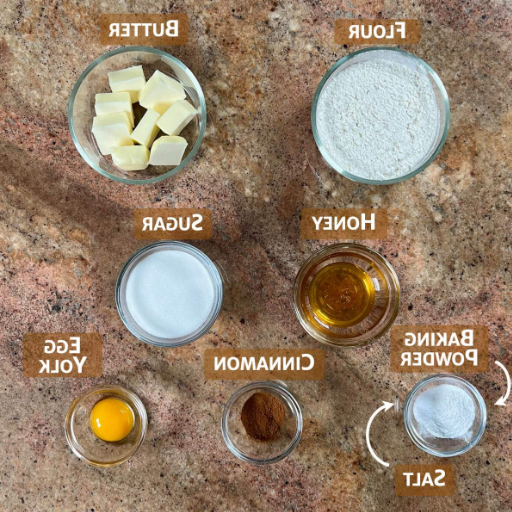
Choosing the Right Biscuit Dough
Selecting the perfect biscuit dough is key to cooking tender, flaky, honey butter biscuits that melt in the mouth. A good all-purpose flour is a must; it provides the ideal amount of protein to supply the structure required while tenderizing the dough. Keep your fats simple- the proverbial cold butter- or mix them up with butter and shortening for an even flakier texture and a more buttery-finished taste. Very rarely, buttermilk is usually considered a liquid as its acidity acts with the leavening agents, having either baking powder or baking soda, producing a light and airy texture.
According to research, evenly distributed butter in small pieces causes steam pockets to develop during baking, resulting in fluffy and layered biscuits. Equally vital is ensuring that the dough is not overworked; too much handling activates the gluten and results in toughness. As you can see, keeping these few things in check will help you achieve firm enough biscuits to hold onto that rich honey butter topping, enabling you to place this recipe in another class.
Role of Buttermilk in Biscuit Recipes
Buttermilk is a key ingredient in biscuit recipes, acting as a flavor enhancer and a chemical agent influencing texture. That slightly tangy punch lends the flavor too much depth, thereby balancing the richness usually conferred by butter or other fats used in biscuit preparations. More importantly, the acidity in buttermilk reacts with other leaveners like baking soda to form carbon dioxide, which lifts and lightens the texture of these thin structures. Loose are key to their flakiness and thinness.”
But mostly, the liquid in buttermilk is good for hydrating the dough and keeping the ingredients intermixed smoothly without over-saturating. The thickness of buttermilk is the best consistency for binding ingredients together, rendering the dough easier to handle. Its enzymes gently tenderize the gluten, preventing the biscuits from becoming too dense or chewy.” Plus, a delicious variation can be made with low-fat or plant-based buttermilk alternatives to keep all the chemical properties intact, so one has options without sacrificing a dime. The thoughtful incorporation of buttermilk will significantly aid in raising your biscuit recipe texture, flavor, and overall experience.
Making the Honey Butter at Home
Honey butter enhances any baked good simply and wonderfully. Combine softened unsalted butter with high-quality honey in a bowl. Usually, the amount is twice the butter to honey, but this can be adapted to taste. Add a pinch of salt for balance, even if using salted butter. Whipping all the ingredients with a hand mixer will give your honey butter a wonderfully fluffy and spreadable consistency.
Warm biscuits, cornbread, or freshly baked rolls with honey butter will gain a robust flavor that showcases the honey butter’s rich and natural sweetness. Dabble with additions such as cinnamon, a splash of vanilla extract, or some orange zest for more complex flavors. Gives you the opportunity to customize your honey butter to pair perfectly with a dish, turning the dish into an almost sinful indulgence. Any leftovers of honey butter can be stored in an airtight container in the fridge for up to two weeks.
Step-by-Step Biscuit Recipe
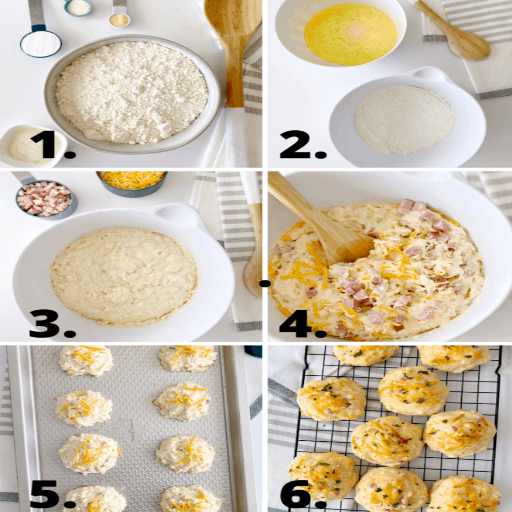
Preparing the Biscuit Dough
For starters, assemble your ingredients and weigh them for accurate results. Combine dry ingredients in one large bowl—usually flour, baking powder, sugar, and salt. Sifting together aerates the mixture; hence, you want your biscuits to be light. Then, cut cold butter into small cubes and work this into the dry ingredients using a pastry cutter, or even your fingers. One would want to have a crumbly mixture, which keeps the butter evenly distributed in the mix, creating flaky layers.
Pour in your cold milk or buttermilk a little at a time while gently stirring the dough. Just stir until combined: overdoing it will make for heavy, dense biscuits. The dough should feel a little sticky and firm enough to handle. Turn the dough onto a lightly floured surface, kneading gently a few times but not overworking. For best layering, fold the dough over itself once or twice before rolling out to about ½ inch thickness. Flour your biscuit cutter and cut out rounds, pressing straight down without twisting to help the biscuits rise evenly. Set the biscuits on your baking sheet close enough to touch for a soft and tender outcome.
How to Grate Ingredients for Optimal Texture
Grating is one of those things that can enhance texture and flavor in your dish. Soft cheeses are best grated when cooled slightly by chilling: this prevents them from sticking and forming clumps, giving you fine, even shreds. When grating carrots or zucchini, use a box grater with the appropriate hole size to avoid producing grated pieces that are too thick or thin and to balance all textures and moisture contents into your muffins or salads. For harder ingredients, such as root vegetables or nutmeg, use a microplane or fine grater to produce fine particles evenly distributed, which is ideal for incorporating in batters or garnishing a dish.
Specialized tools are designed for specific ingredients for the best texture. For example, a rotary grater is suitable for hard cheeses such as Parmesan, giving consistent results. In addition, using a steady downward motion with moderate pressure will maximize efficacy and reduce wasting. Pay attention to one’s safety by avoiding the hand and investing in a tool with a good grip or sturdy base. Practice with the right tool and techniques; the grated ingredient can be a marker of the final dish’s aesthetics and flavor.
Shaping and Baking the Biscuits
To shape the biscuits, lightly flour a clean countertop to prevent sticking. Roll gently to an even thickness of around 12.5 mm for those fluffy on the inside. Use a biscuit cutter or the rim of a glass for uniform shapes to ensure even baking. Do not twist the blade at any point; this seals the edges and prevents the biscuits from rising properly.
Arrange the biscuits close together on the baking sheet for soft sides or spaced apart for crispy edges. Place in a preheated oven of 425°F (220°C) for 12-15 minutes or until golden brown. Enhance flavor and appeal by brushing melted butter over the tops before baking for a rich mahogany color or right afterward for a glossy finish—proper shaping and baking yield dreamy biscuits: tender, flaky, and emotionally edible.
Tips for Perfecting Your Honey Butter Biscuits
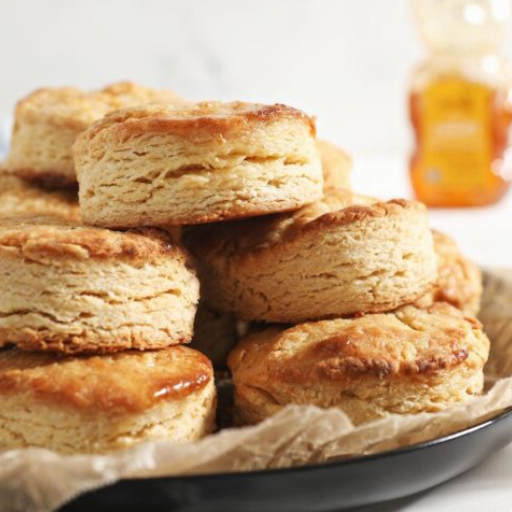
Common Mistakes to Avoid
Overworking the Dough: Too much handling produces a tough, dense biscuit. The minimum amount of mixing and kneading should be applied to blend the ingredients without developing too much gluten. This keeps the biscuits tender and flaky.
Improper Use of Cold Butter: While butter’s coldness is utilized to create layers, it can also prevent the process if the chunks remain unevenly distributed or if the butter melts. Keeping the butter cold, cut it into the flour mixture until it looks like coarse crumbs. A pastry cutter or your fingers can maintain this coarse texture without overworking the mixture.
Can’t Be Without the Proper Measuring: Baking calls for precision. Baking powder and all-purpose flour should be measured carefully; otherwise, the ratios will be disturbed, and the biscuits will fail to rise. Always use measuring cups or a kitchen scale to lay the foundation of consistency.
The Temperature Is Wrong: The wrong temperature can halt even cooking or lead to unsatisfactory puffing. Preheat the oven and ensure the temperature has reached 425°F (220°C) with an oven thermometer.
No Thickness Concern: They say: too thin, scones turn flattened; too thick, and the center is prone to under-baking. Around a 1-inch thickness is the perfect balance of height and fluffiness.
Too Far Apart Biscuits: Leaving too much space between biscuits on the baking sheet lets them spread wide instead of upward.
Avoiding these common pitfalls will ensure every batch is light, buttery, and delicious, seldom making your loaf a treat for all to advocate.
Variations on Biscuit Recipes to Try
Cheddar and Chive Biscuits: This savory treat incorporates grated cheese and freshly cut chives into biscuit dough. The cheese melts in between the layers, imparting a strong flavor, while the chives accurately impart their soft onion-y brightness onto the biscuit. It’s the perfect biscuit to pair with any soup or stew.
Honey Butter Biscuits: Add a little sweetness by dressing some honey right into the dough and then slathering the baked biscuits with whipped honey butter. This rendition is perfect for a breakfast treat or an afternoon tea; it has a soft texture with some natural sweetness.
Buttermilk Herb Biscuits: Finely minced fresh herbs, such as rosemary, thyme, or parsley, give these an extraordinary herbaceous scent to uplift your everyday buttermilk biscuit—excellent service with roasted meats or heavy casseroles.
Cinnamon Sugar Biscuits: Add cinnamon and sugar to the dough to transform the biscuits into a dessert. Sprinkle cinnamon sugar on top before baking, or drizzle with simple icing after baking.
Bacon and Maple Biscuits: Crisp, crumbled bacon and a few tablespoons of maple syrup create a watery, sweet profile. This is a great accompaniment to a hearty breakfast or as a snack that lasts throughout the day.
Each version demonstrates biscuit recipe versatility with offerings from all walks of life and for any occasion. Try these combinations to find your favorites while delighting friends and family with your creations.
Serving Suggestions with Chicken Copycat Dishes
Complementary sides and a drink make a nice touch for chicken copycat recipes. Such a combination is classic: homemade fried chicken brushed with syrup, served alongside fluffy buttermilk biscuits to make the meal comforting. You can complement the flavor heights by putting honey or butter with herbs.
On the healthier side, pair grilled or baked chicken with a salad from the garden or roasted seasonal vegetables. The crispiness and grassy bitterness of greens like arugula, spinach, or kale would be an ideal contrast against the chicken’s savory richness. Or, drizzle with citrus-based vinaigrette to give that perfect enhancement without any loss for the chicken.
For a wilder variation, tangy coleslaw plus waffle fries can be great accompaniments to a crispy filet chicken sandwich! The chicken taste will be amplified twofold with dipping sauces on the table, such as spicy honey mustard or smoky barbecue.
Finally, at the end of an unending list, drinks may also be essential for completing the dining experience. A glass of sweet tea or lemonade with a twist of lime would be refreshing to contrast the heavy flavors from the food, whereas infused sparkling water with mint or basil would feel classy. Well-thought-out pairings ensure chicken copycat recipes are enjoyed to the fullest and add to the moments of life to be remembered on any occasion.
Storing and Reheating Honey Butter Biscuits
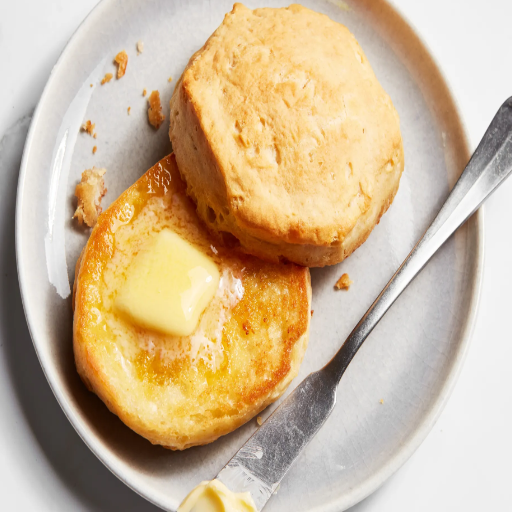
Best Practices for Storage
I always keep my honey butter biscuits in an airtight container to maintain maximum freshness. Once cool, the biscuits go into the container and are left on the counter to be eaten within two days or placed inside the fridge for more extended storage. If you are like me, having a stash for those moments of unexpected hunger is a plus, so you can also freeze them. I generally wrap each biscuit in plastic wrap, followed by aluminum foil, then place them in a freezer bag. I find this keeps the freezer burn off and maintains their aroma.
Regarding reheating, I prefer letting the biscuits in the fridge sit at room temperature for about 15 minutes to begin warming up. For the frozen ones, this step is omitted as one can unwrap and proceed with reheating them. The microwave is suitable for reheating quickly: I usually microwave for 10 to 15 seconds, covered with a damp paper towel so it retains moisture. However, the best texture-oriented way is to use the oven: Preheat it to 300°F, wrap the biscuits in foil, and allow them to warm for 10 minutes. This method returns biscuits to their softness and moisture while retaining that buttery flavor, rewarding you with biscuits that taste fresh and lovely once again!
How to Reheat for Maximum Freshness
Biscuits are best reheated fresh and flavorful, yet your chosen method differs. The oven method is the best option for retaining freshness. I heat my oven to 300°F, wrap the biscuits in foil, and warm them for about 10 minutes. This gentle heat holds the buttery texture and helps keep them from drying out during the process, leaving them the same texture as they were fresh out of the oven.
If you are short on time, the microwave is possible, but it needs a bit of upkeep. I suggest putting the biscuit on a microwave-safe dish and covering it with a damp paper towel to retain moisture. Microwave in 10—to 15-second increments, ensuring it doesn’t overheat and harden. Although it will not be perfect, it maintains flavor and texture well and has served me well in a bind.
Maintaining moisture and flavor is the core of biscuit making. Avoid overheating, which kills the moisture in biscuits. Pay attention, no matter your method; they’ll be your soft, warm, delicious biscuits in no time!
Freezing Honey Butter Biscuits for Later Use
Freezing honey butter biscuits for later use is simple and the most convenient way to go. First, get that oven-baked and warm batch to cool completely to retain top texture and taste. Being completely cool, I usually wrap each biscuit individually with plastic wrap or aluminum foil to prevent freezer burn. These wrapped biscuits go into an airtight freezer bag or container for extra assurance. This double layer should keep them fresh for at least a few weeks.
When I get around to eating them, they thaw by sitting at room temperature for about 20 to 30 minutes after being removed from the freezer. To layer up some warmth, they’re kept in an oven, heated through, at 350°F for 10 minutes or until warm. This guarantees biscuits stay soft, tasty, and not overcooked. Microwave reheating is quicker, though, so it’d get the job done.
Freezing honey butter biscuits is a way to organize ahead of time on busy mornings or special occasions. If stored properly with a bit of extra time, I know I will have little work to do before enjoying their buttery goodness anytime. This simple way for the brownie points allows me to relish freshly baked flavors long after Baking Day!
Reference Sources
- Honey Butter Biscuits – The Speckled Palate
- Honey Butter Biscuits – Will Cook for Smiles
- Honey Butter Biscuits – Mad About Food
- Honey Butter Drop Biscuits – Deep Fried Honey
- Church’s Honey Butter Biscuits Recipe – Facebook
Frequently Asked Questions (FAQs)
How do I make honey butter for my biscuits?
For honey butter, combine softened butter with honey in a mixing bowl. Begin with equal amounts of butter and honey, then beat until fully blended. You can add more honey for extra sweetness, if so desired. This honey butter is great when poured liberally over some warm biscuits. You could add a dash of cinnamon for a bit of variation in taste. In addition, this honey butter can be refrigerated for further use.
What are the best methods to achieve light and flaky biscuits?
The main thing to do for light and flaky biscuits is to ensure you do not overwork the dough. Firstly, cut the butter into the flour until you have a crumbly mixture resembling coarse crumbs. Using a pastry cutter or your fingers works for this step. Gradually add your liquid while mixing until the ingredients are just barely combined. Knead lightly on a floured surface, then roll or flatten and cut. Remember, handle the biscuit dough as little as possible. The more you handle the dough, the tougher the biscuits will be.
Can I make honey butter biscuits with buttermilk biscuits?
Of course, and they are perfect! Buttermilk biscuits make honey butter or simple honey butter biscuits particularly well since the tangy richness of the biscuits contrasts beautifully with the sweet honey butter. These are just general guidelines you might use to adjust your recipe: substitute buttermilk for the ordinary milk to intensify the flavor and texture of your biscuits; the acid in buttermilk aids in developing a tender crumb so that your biscuits are light and fluffy; and simply ensure to adjust the amount of baking powder because buttermilk might react differently when baking.
How should biscuits be cut to guarantee even baking?
Use a 3-inch biscuit cutter to cut biscuits that will bake evenly. Press straight down; do not twist; otherwise, the edges will be dull and the shoulders rounded, impairing biscuit rise. Lay the biscuits on a baking sheet lined with parchment paper, leaving space in between for proper air circulation. If you want to bake drop biscuits, simply scoop them onto the baking sheet. Just flatten them slightly with the back of a spoon to help them bake evenly.
How can I keep my biscuits from becoming tough?
Avoiding a tough biscuit texture is mostly about handling the dough. Over-kneading develops gluten, which makes for a tougher product. Once the ingredients are blended, gently press or flatten the dough on a floured surface. Also, make sure the butter doesn’t melt before mixing it with the dry ingredients. Very cold butter is excellent for flaky layers. Then, after mixing and baking, allow the dough to rest a little, improving the texture.
What should I do if my honey butter biscuits are not rising satisfactorily?
If your biscuits aren’t rising right, several things may go wrong. First, check that your baking powder is fresh- the number one reason for poor rise in biscuits is expired baking powder. Check the liquid to ensure you’re using the right amount, or it may bind the biscuit dough inappropriately. The drying-acting substances also work poorly if you mix the batter too much. So preheat your oven to the prescribed degree, and snug your biscuits on the baking sheet to promote upward rather than lateral rise. The finer adjustments will get those honey butter biscuits perfect every single time.
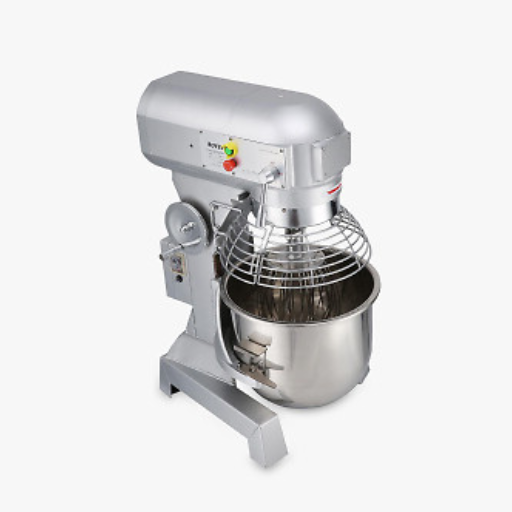
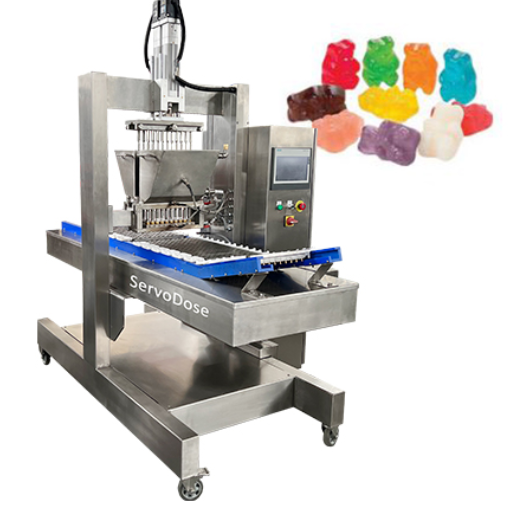
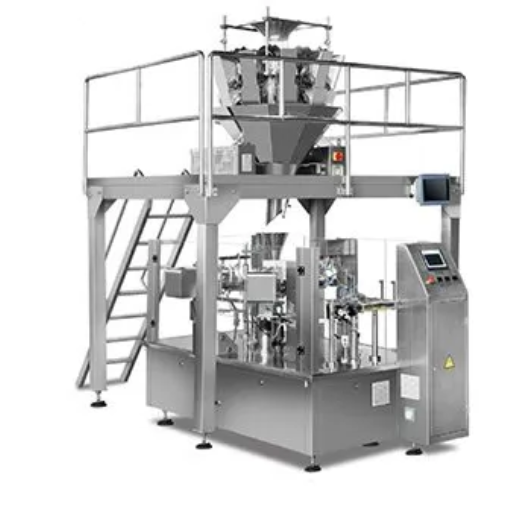
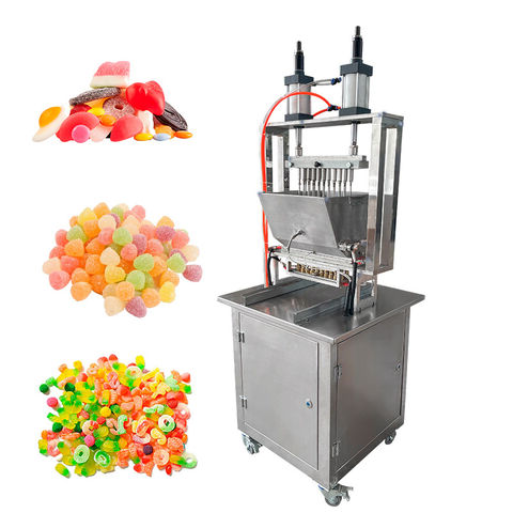

Blog Categories
Popular Blog Tags

Shanghai Fude Machinery Manufacturing Co., Ltd is a leading manufacturer of top-notch gummy and cookie making machines with more than 15 years’ experience in the industry. We provide creative equipment that ensures accuracy and speed while sharing intelligence with food producers. Shanghai Fude remains to be one of the most reliable companies for food machinery because of its dedication to perfection.




